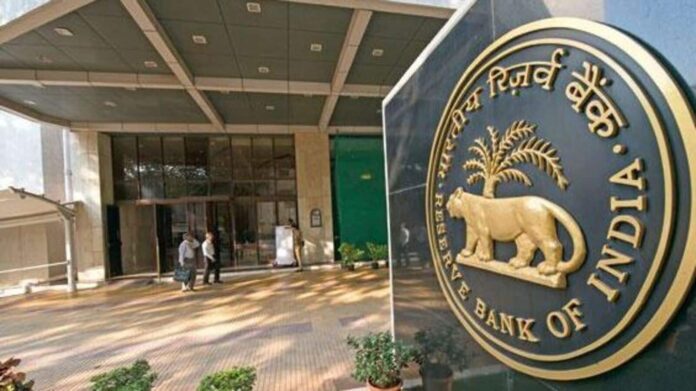They also include social mores and values, which can vary regionally within a large country like India. For example, cash remittances (‘money orders’) at one time, not so long ago, did not reach their intended recipients in some parts of India, although they did in other regions, despite the money order being an instrument run by a nationally uniform postal system. In destinations where money orders did not reach, that one failure alone meant greater poverty.
Institutional frameworks matter. Daron Acemoglu, Simon Johnson and James Robinson were awarded the Nobel economics prize for establishing the causal importance of protective institutions in enabling widespread prosperity, after painstakingly ruling out reverse causality (prosperity leading to better institutions).
Their work showed that European colonization in areas settled by Europeans (like North America) was accompanied by public institutions protective of life and economic activity, at least of European settlers (indigenous inhabitants were eliminated or pushed out of sight).
In areas like the Indian landmass, where the climate discouraged European settlement, public institutions were shaped instead to the resource-extraction intent of the colonizers.
The colonial period also saw the wilful destruction of many indigenous institutions in South Asia that had historically enabled prosperity through co-operation in a number of spheres like water conservation, documented by the Centre for Science and Environment.
At the same time, some of the institutional destruction actually made a positive contribution to public safety. For instance, the institution of ‘thuggee’—organized highway marauders who imperilled the transport of goods across vast stretches of the country—was stamped out, although the strictures placed on some tribal groups had negative consequences, and ‘thuggee’ itself was later dismissed as an overblown orientalist caricature.
In 1935, a change in the stance of the colonial government in India towards a longer tenure saw the Government of India Act that laid down a new framework of governance.
Some features of it were later incorporated into the Constitution of India, which has served us well to the present day, with the fortunate intervention of visionary giants of jurisprudence like Nani Palkhivala.
The year 1935 also saw the establishment of the Reserve Bank of India (RBI) with core functions as defined in those nascent days of central banking: issuance of bank notes and maintenance of reserves to secure monetary stability, regulation of banking institutions, issuance of public debt and being banker to the government. The Constitution and the RBI are the two mighty pillars which have given structural stability to India and its people.
The current year 2024-25 marks 90 years since the passage of the RBI Act of 1934, and commencement of operations on 1 April 1935, an anniversary marked by the Prime Minister at the RBI headquarters on 1 April 2024.
Another major event on 14 October in Delhi was a one-day conference with excellent technical sessions showcasing the vast increase in the functions of RBI.
Covid triggered a remarkable turnaround in the Indian economy, when after eight successive quarters of pre-covid growth decline, growth and hope flowered out of a well-coordinated fiscal and monetary revival package.
The key feature of RBI’s support to post-covid growth restoration, as identified by Governor Shaktikanta Das in his keynote address at the Delhi conference, was the sunset clause attached to all the regulatory relaxations.
RBI’s handling of the covid and post-covid periods has been remarkable for well-calibrated and nimble responses to the changing needs of the moment.
The conference featured some very interesting academic papers on inflation targeting, as mandated by the 2016 amendment to the RBI Act, a mandate pursued flexibly since it permitted “keeping in mind the objective of growth.”
An excellent academic paper showed results from surveys conducted across many countries on how people’s inflationary expectations (the ultimate target of inflation targeting) are formed principally around a small set of products, although this set varies from one country to another.
Another paper suggested that since targeting of headline inflation must always be accompanied by a watch on core inflation, the latter might be usefully redefined to be a weighted median of prices of all product groups, instead of excluding a few product groups as a whole.
There was wide-ranging discussion on financial stability, a responsibility assumed by central banks after the global financial crisis of 2008.
Representatives from other central banks discussed the occasionally conflicting demands of price stability and financial stability, risks arising from arbitrage between more regulated (banks) and less regulated (non-bank) segments of the financial sector, and dangers posed by the global rise in public debt.
Ninety is an age when people who reach that milestone cannot deny their cognitive and functional decline. But RBI has a new spring in its step at 90. And the conference affirmed RBI awareness of the need to scan the horizon for threats and arm itself with resilience in anticipation of those threats.
#Constitution #RBI #mighty #pillars #Indias #stability #rests
